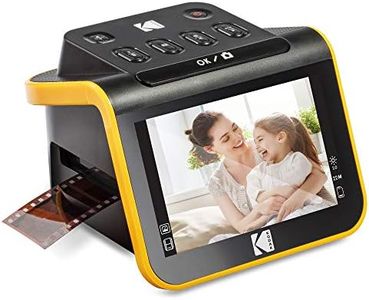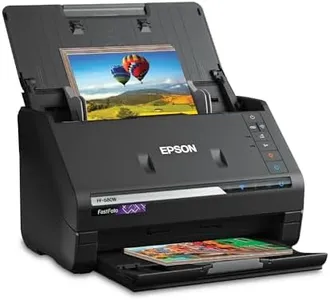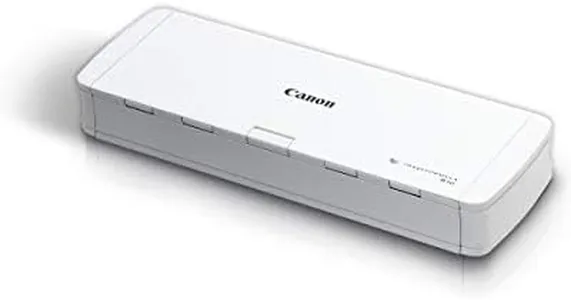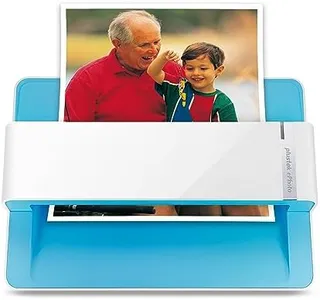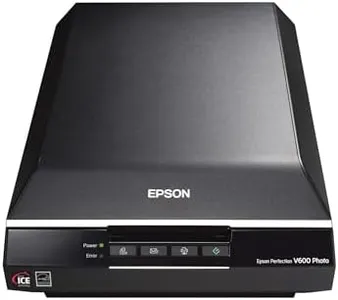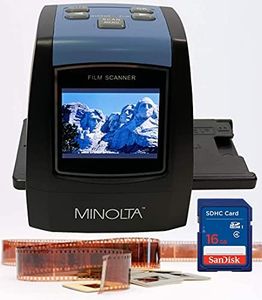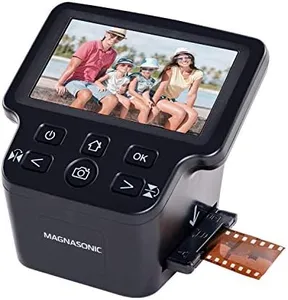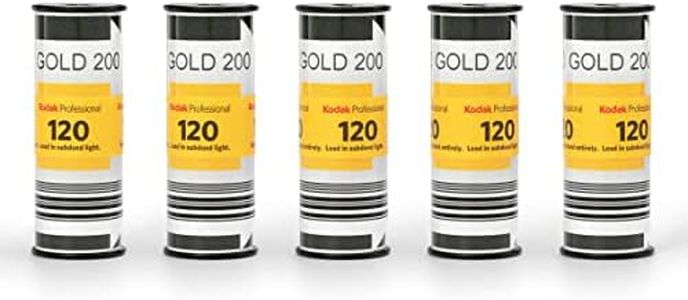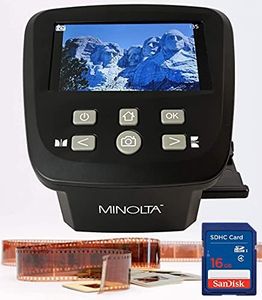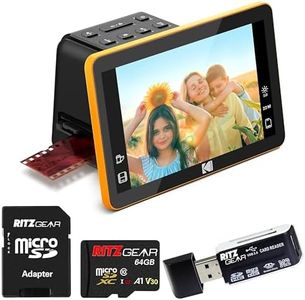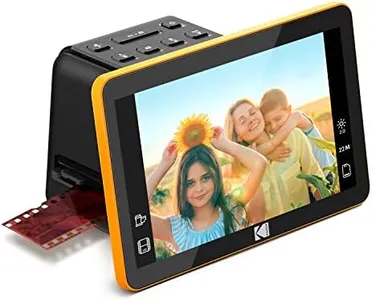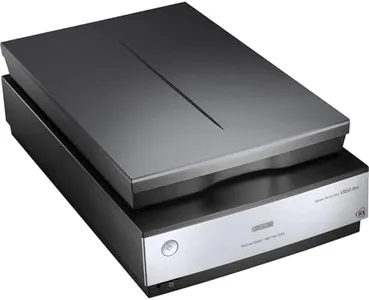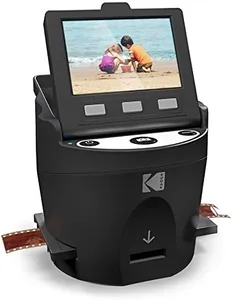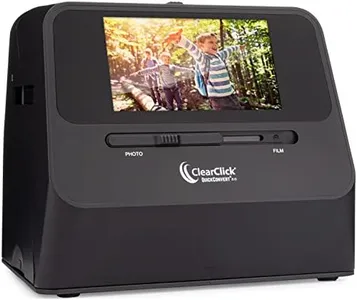We Use CookiesWe use cookies to enhance the security, performance,
functionality and for analytical and promotional activities. By continuing to browse this site you
are agreeing to our privacy policy
10 Best 120 Film Scanners 2025 in the United States
How do we rank products for you?
Our technology thoroughly searches through the online shopping world, reviewing hundreds of sites. We then process and analyze this information, updating in real-time to bring you the latest top-rated products. This way, you always get the best and most current options available.

Buying Guide for the Best 120 Film Scanners
When choosing a 120-film scanner, it's important to consider several key specifications to ensure you get the best fit for your needs. A 120-film scanner is used to digitize medium format film, which is larger than 35mm film and can produce higher quality images. Understanding the key specs will help you make an informed decision and get the most out of your film scanning experience.ResolutionResolution refers to the amount of detail the scanner can capture, measured in dots per inch (DPI). Higher resolution means more detail and larger print sizes. For general use, a resolution of 2400 DPI is sufficient. For professional use or large prints, look for scanners with 4800 DPI or higher. Consider your end use: if you plan to make large prints or need high detail, opt for higher resolution.
Dynamic RangeDynamic range measures the scanner's ability to capture the range of tones from the darkest shadows to the brightest highlights. It is often expressed as a Dmax value. A higher Dmax value (e.g., 4.0 or above) indicates better performance in capturing details in both shadows and highlights. If you work with high-contrast images or need to preserve fine details, choose a scanner with a higher dynamic range.
Color DepthColor depth, measured in bits, indicates how many colors the scanner can capture. Higher color depth (e.g., 48-bit) means more accurate and vibrant color reproduction. For most users, 24-bit color depth is adequate, but for professional photographers or those requiring precise color accuracy, 48-bit color depth is preferable. Consider your need for color accuracy when choosing the color depth.
Scanning SpeedScanning speed refers to how quickly the scanner can digitize your film. Faster scanning speeds can save time, especially if you have a large volume of film to scan. Scanning speed is usually measured in seconds per frame. If you need to scan many images quickly, look for a scanner with faster speeds. However, be aware that higher resolution scans may take longer.
Software CompatibilitySoftware compatibility is important because it determines how easily you can use the scanner with your computer and editing software. Ensure the scanner is compatible with your operating system (Windows, macOS, etc.) and check if it includes or supports software for image editing and management. If you have specific software preferences, make sure the scanner supports them.
ConnectivityConnectivity options, such as USB, Wi-Fi, or Ethernet, determine how you connect the scanner to your computer or network. USB is common and reliable, while Wi-Fi or Ethernet can offer more flexibility and convenience, especially in a shared workspace. Choose the connectivity option that best fits your workflow and setup.
Build Quality and DurabilityBuild quality and durability are important for ensuring the scanner lasts and performs well over time. Look for scanners made with high-quality materials and solid construction. If you plan to use the scanner frequently or in a professional setting, prioritize durability to ensure it can withstand regular use.
Most Popular Categories Right Now
